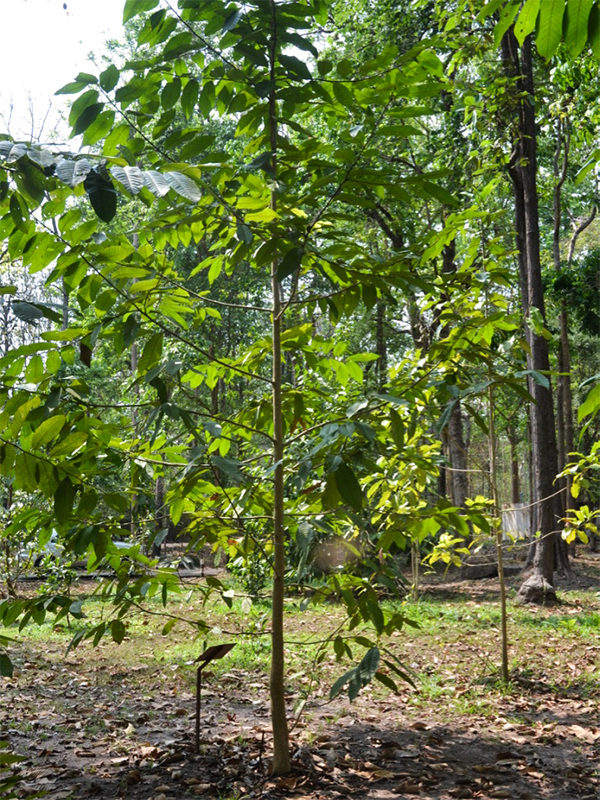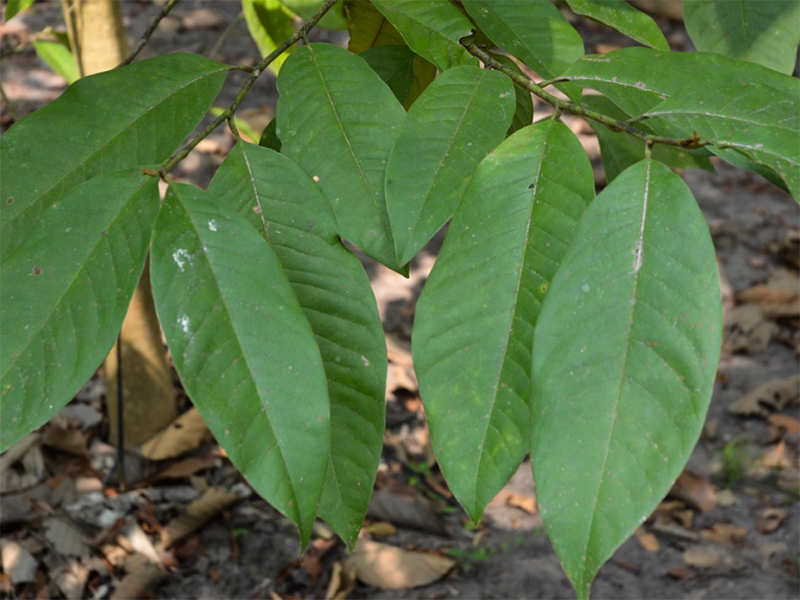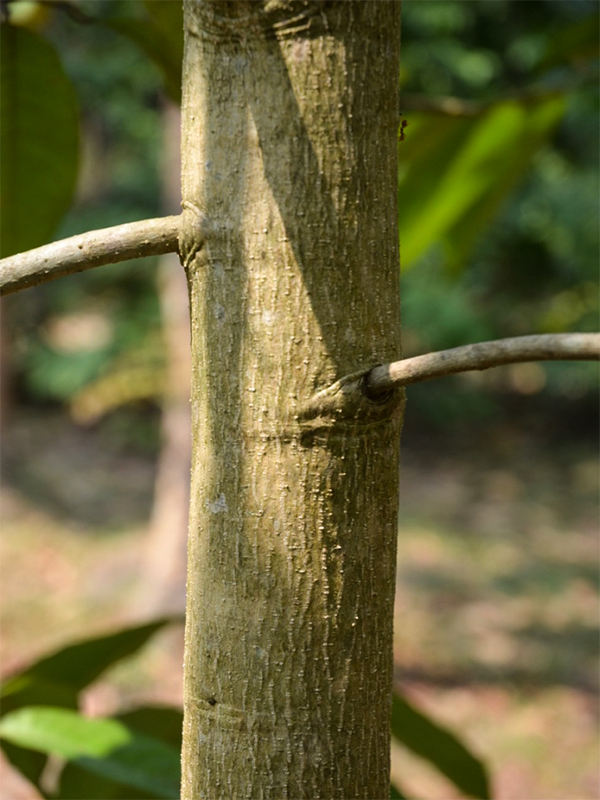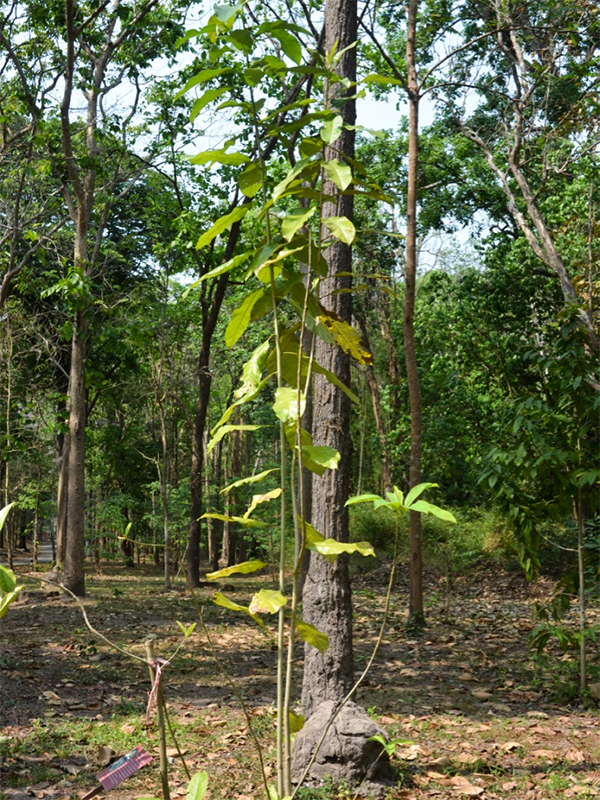
Tropicals, Woody > Magnolia > Magnolia champaca > Magnolia champaca
Magnolia champaca
Champaca, Champak
Origin: Southeast to south Asia, and southern China.
| Family |
| Magnoliaceae |
| Genus |
| Magnolia |
| Species |
| champaca |
| Category |
| Tropicals, Woody |
| Type |
| Tree (evergreen) |
| USDA Hardiness Zone |
| 10a - 11b |
| Canadian Hardiness Zone |
| Requires cold seasons protection under glass. |
| RHS Hardiness Zone |
| H3 - H1c |
| Temperature (°C) |
| -1.1 - 10 |
| Temperature (°F) |
| 30 - 50 |
| Height |
| Up to 35 m |
Photographs
Description and Growing Information
Flowering Period
| Landscape |
| Often planted for its beautiful, fragrant flowers. |
| Cultivation |
| Best grown in full sun to partial shade with well drained soil. |
| Shape |
| Narrow, regular crown. |
| Growth |
| Slow |
| Habitat |
| Primarily lowland to montane rain forest. |
| Bark/Stem Description |
| Pale grey or brown, smooth with the inner bark pale cream but quickly oxidizing to a dark ochre when cut. The wood is slightly resinous. |
| Leaf Description |
| The leaf is 10-20 x 4-9 cm. Narrowly ovate with pointed to tapering apices. Immature or young leaves are silky while mature leaves are smooth with few scattered hairs, especially abaxial on veins. The petiole is 2-4 cm in length while the stipule scar is usually half this length. |
| Flower Description |
| Fragrant flowers with 8-12 narrow sepals/petals, blooms are 4-5 cm in diameter and are bright yellow to orange, and held solitary in leaf axils. |
| Fruit Description |
| The fruit is 1.5-2 cm in size and is pale brown often with large cream coloured spots. The fruit are often held in 2-5 loose clusters. Seeds are dark brown, enclosed in a thin pink pulp and hang on slender white strings when ripe. Fruiting occurs September through October. |
| Colour Description |
| Flowers are cream to yellow-orange. |
| Notable Specimens |
| Sakunothayan Botanic Garden, Wang Tong, Phitsanulok, Thailand |
| Propagation |
| By cuttings and seed. |
| Ethnobotanical Uses (Disclaimer) |
| Bark used as febrifuge. Flowers used to treat leprosy. Leaves used to treat against colic. Seeds used to treat chapped skin. Also used as food and essential oils. The tree is harvested for timber to the point that it is becoming rare in the wild. |



